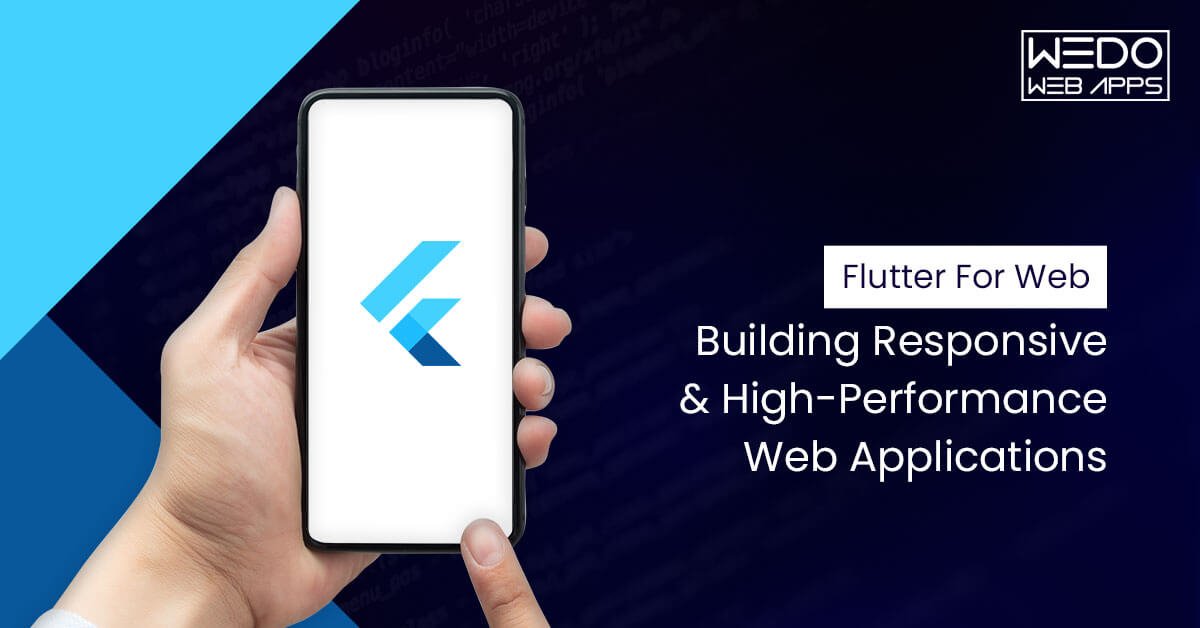Flutter Web is a revolutionary technology developed by Google, which extends the power of Flutter to build high-performance and visually stunning web applications. Flutter, known for its versatility in creating native mobile apps, now allows developers to leverage the same codebase and UI framework to develop responsive and feature-rich web applications. This opens up a world of possibilities for developers, providing a seamless experience across different platforms and ensuring consistent branding and user experience.
Table of Contents
- Introduction to Flutter Web
- What is Flutter Used for?
- Getting Started with Flutter Web Development
- 3.1 Installing Flutter and Flutter Web
- 3.2 Creating a New Flutter Web Project
- Flutter Web App Development
- 4.1 Building User Interfaces with Widgets
- 4.2 Implementing Navigation and Routing
- 4.3 State Management in Flutter Web Apps
- 4.4 Handling Form Input and User Interactions
- Optimizing Performance for Flutter Web Applications
- 5.1 Reducing App Size and Improving Load Times
- 5.2 Utilizing Code Splitting and Lazy Loading
- 5.3 Caching Strategies for Enhanced User Experience
- Deploying and Hosting a Flutter Web App
- 6.1 Preparing the App for Deployment
- 6.2 Choosing a Hosting Provider
- 6.3 Deploying the App to Production
- Advanced Topics in Flutter Web Development
- 7.1 Integrating Web APIs and Services
- 7.2 Working with Websockets for Real-time Communication
- 7.3 Progressive Web Apps (PWAs) with Flutter
- 7.4 Accessibility and Inclusive Design
- Comparing Flutter Web with Other Web Development Frameworks
- 8.1 Advantages of Flutter Web
- 8.2 Limitations and Considerations
- 8.3 Flutter Web vs. React, Angular, and Vue.js
- Frequently Asked Questions (FAQs)
1. Introduction to Flutter Web
One of the significant advantages of Flutter Web is its ability to deliver a smooth and reactive user interface, similar to native mobile apps. It uses a unique rendering engine that compiles Flutter code into optimized JavaScript, enabling it to run efficiently in web browsers. This approach allows developers to create web applications with a focus on performance and interactivity, making Flutter Web an attractive choice for modern web development.
2. What is Flutter Used for?
Flutter is a powerful and versatile UI software development kit (SDK) that serves various purposes in the world of app development. Initially, Flutter gained popularity for building natively compiled mobile applications for Android and iOS platforms. However, with the introduction of Flutter Web, it has become a compelling choice for web application development as well.
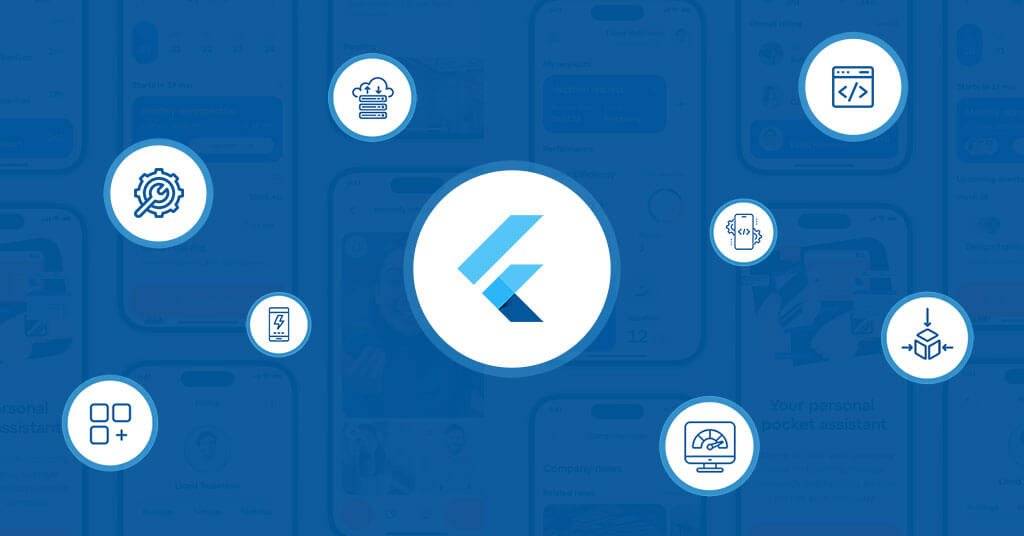
Flutter is used for building high-performance mobile apps that offer a native-like experience to users. It allows developers to create visually appealing and engaging interfaces using its extensive library of pre-built widgets. Additionally, Flutter’s hot reload feature enables rapid development and testing, saving valuable time during the development process.
With Flutter Web, developers can take advantage of the same capabilities for web applications. This means that a single codebase can power both mobile and web apps, reducing development effort and simplifying maintenance. Moreover, Flutter’s expressive and declarative nature makes it easy for developers to create complex UIs with ease.
3. Getting Started with Flutter Web Development
3.1 Installing Flutter and Flutter Web
Before diving into Flutter Web development, you need to set up your development environment. Installing Flutter is a straightforward process that involves downloading the SDK and adding it to your system’s PATH variable. Additionally, you will need to install the Dart programming language, which is used by Flutter.
To get started with Flutter Web specifically, you need to ensure that you have the necessary dependencies. Flutter Web requires the latest version of Flutter, so it’s crucial to keep your SDK up to date. Additionally, you will need to install the Flutter Web package, which enables web-specific development features.
3.2 Creating a New Flutter Web Project
Once you have set up your development environment, you can create a new Flutter Web project using the Flutter CLI (Command Line Interface). Run the following command at the command prompt or in the terminal to accomplish this:
flutter create my_web_app
This command will create a new Flutter Web project named “my_web_app” in the current directory. The project structure will be similar to a regular Flutter project, but it will include additional configurations and files specific to Flutter Web.
Once your project is created, you can open it in your preferred code editor and start building your Flutter Web application.
4. Flutter Web App Development
Flutter Web app development shares many similarities with traditional Flutter mobile app development. The core concepts of building UIs using widgets, handling state management, and managing user interactions remain consistent. However, there are some key considerations and differences specific to web development.
4.1 Building User Interfaces with Widgets
Widgets are the foundation of a Flutter Web app’s user interface. Flutter provides a rich set of pre-built widgets for creating various UI elements such as buttons, text fields, images, and more. These widgets can be customized to fit the app’s design and branding.
Developers may design responsive layouts with Flutter Web that can change to fit various screen sizes and orientations. By leveraging Flutter’s flexible widgets, developers can ensure that their web applications look great on both desktop and mobile devices.
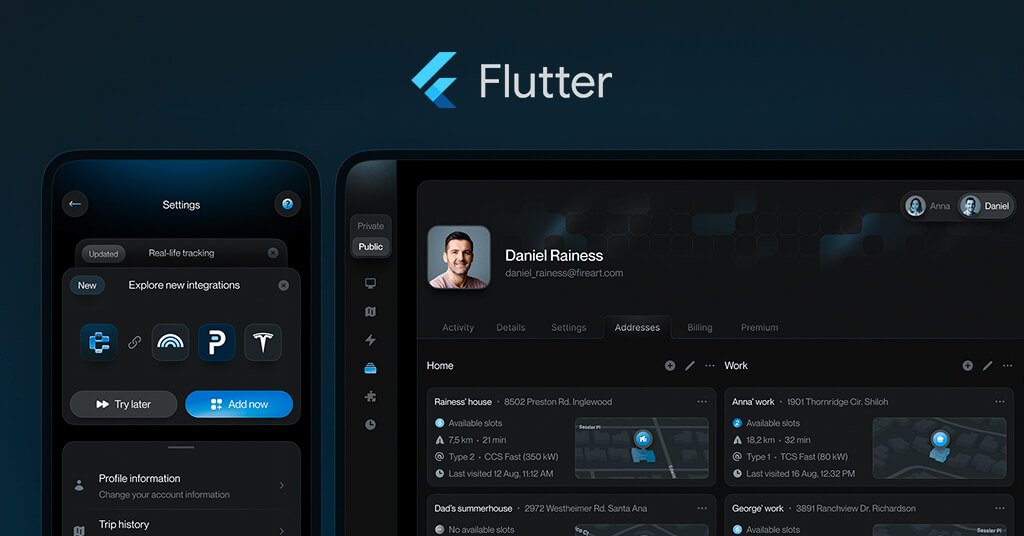
4.2 Implementing Navigation and Routing
Navigation and routing are essential for multi-page Flutter Web applications. Flutter provides a “Navigator” widget, similar to what is used in mobile apps, that enables seamless page transitions and deep linking within the app.
In Flutter Web, developers can define routes to different pages within the app. This allows users to navigate between different sections of the application using URLs or browser history. The “Navigator” widget manages the navigation stack and enables developers to push and pop routes as needed.
4.3 State Management in Flutter Web Apps
State management is crucial for maintaining the app’s state and ensuring a smooth user experience. Flutter offers various state management solutions, and the choice of approach depends on the complexity of the application and developer preference.
Some popular state management solutions for Flutter Web include:
- Provider: A simple and easy-to-use solution for managing app state using “ChangeNotifier” and “Provider” widgets.
- BLoC (Business Logic Component): A more advanced approach that separates business logic from UI components using streams and sinks.
- GetX: A lightweight and high-performance state management library that provides both state and dependency management capabilities.
Developers can choose the state management approach that best fits their application’s needs and ensures efficient data handling and updates.
4.4 Handling Form Input and User Interactions
Flutter Web supports handling form input and user interactions in a manner similar to mobile app development. Developers can use various event handlers and controllers to manage user input effectively.
When users interact with form fields, buttons, or other elements, developers can capture these interactions and respond accordingly. Flutter Web’s reactive nature enables instant updates to the user interface, providing a seamless and real-time user experience.
Flutter Web has opened up exciting opportunities for developers to create responsive and high-performance web applications using the same codebase as their mobile apps. With Flutter’s powerful widget library, state management solutions, and hot reload feature, the development process becomes efficient and enjoyable.
Whether you’re building a web application from scratch or extending your existing Flutter mobile app to the web, Flutter Web offers a robust framework for delivering top-notch user experiences. As Flutter continues to evolve and improve, we can expect even more innovative features and enhancements for building cutting-edge web applications.
5. Optimizing Performance for Flutter Web Applications
Flutter Web has revolutionized web application development, providing developers with the capability to create high-performance and visually engaging web apps. However, to ensure a seamless user experience, it is crucial to optimize the performance of Flutter Web applications. In this topic, we will explore three essential strategies to achieve optimal performance: reducing app size and improving load times, utilizing code splitting and lazy loading, and implementing caching strategies for an enhanced user experience.
5.1 Reducing App Size and Improving Load Times
Flutter Web Application Size Considerations
One of the key factors affecting web application performance is its size. Large app sizes can lead to slow load times, especially on networks with limited bandwidth. To reduce the app size, developers can employ various techniques:
- Minimizing Asset Sizes: Compressing images, videos, and other assets can significantly reduce the overall app size without compromising on visual quality. Using image formats like WebP, which offer better compression, is recommended.
- Code Optimization: Removing unnecessary code and dependencies can lead to a leaner application. Leveraging tree shaking and dead code elimination techniques help eliminate unused code, resulting in a smaller bundle size.
- Using Dynamic Imports: Flutter Web supports dynamic imports, enabling developers to load certain parts of the application on demand. This approach can help reduce the initial load time by loading only essential components first and deferring the loading of less critical components.

5.2 Utilizing Code Splitting and Lazy Loading
Code Splitting for Smaller Initial Bundle
The approach of “code splitting” entails dividing the application code into more manageable portions. Instead of bundling the entire application code into a single file, different parts of the app are bundled separately, making the initial load faster. Flutter Web allows developers to use code splitting to optimize the loading process.
Lazy Loading for On-Demand Loading
Lazy loading is an extension of code splitting that enables components or modules to load only when needed. This approach helps reduce the initial load time by deferring the loading of non-essential components until they are required. Flutter Web supports lazy loading, making it a powerful tool for optimizing web application performance.
5.3 Caching Strategies for Enhanced User Experience
Cache Management for Faster Access
Caching is the process of storing frequently accessed data locally to avoid repeated server requests. Flutter Web developers can leverage caching to improve the app’s speed and responsiveness. There are various strategies, such as:
- HTTP Caching: Implementing HTTP caching headers like “Cache-Control” and “ETag” allows the browser to cache resources like images, stylesheets, and scripts. Subsequent requests for the same resources can be served from the cache, reducing the load time.
- Service Worker Caching: Flutter Web supports Service Workers, which can intercept and cache network requests. By strategically caching assets and data, developers can create a seamless offline experience and reduce reliance on the network.
- Data Caching: Storing frequently accessed data, such as user preferences or API responses, in local storage or IndexedDB enhances the app’s performance by reducing the need for repeated data fetches.
Optimizing the performance of Flutter Web applications is essential to provide users with a fast and engaging experience. By reducing app size, utilizing code splitting and lazy loading, and implementing caching strategies, developers can ensure their web apps load quickly and perform efficiently. By incorporating these techniques, Flutter Web applications can deliver exceptional user experiences, making them competitive and well-received in the dynamic world of web development.
6. Deploying and Hosting a Flutter Web App
Deploying and hosting a Flutter Web app is a critical step in making your application accessible to users worldwide. It involves preparing the app for deployment, choosing a suitable hosting provider, and finally, deploying the app to production.
6.1 Preparing the App for Deployment
Before deploying a Flutter Web app, you need to ensure that the app is optimized and ready for production. Here are the essential steps to prepare your app for deployment:
Optimizing Performance for Flutter Web
- Flutter Web Performance: Prioritize optimizing your app’s performance to ensure a smooth and responsive user experience. Utilize techniques such as lazy loading, code splitting, and caching to reduce load times and improve overall performance.
- Flutter Web Renderer: The Flutter Web renderer plays a crucial role in rendering UI elements on the web. Optimize the renderer to minimize layout thrashing and improve rendering performance.
- Flutter Web Demo App: Create a demo version of your app to test its performance in a real-world scenario. Identify and address performance bottlenecks before deployment.
- Flutter Web App Example: Study existing Flutter Web App examples to learn from best practices and implement performance improvements in your app.
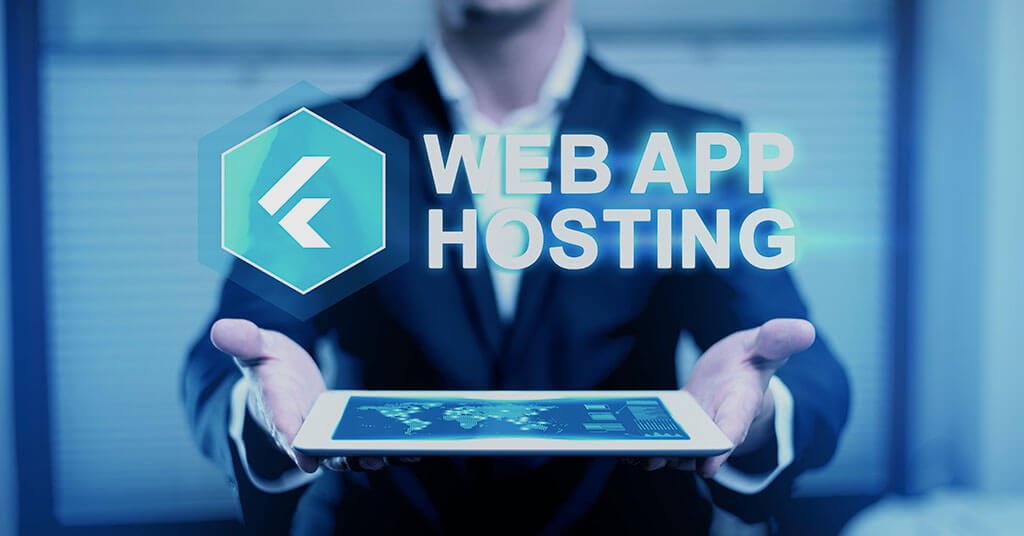
6.2 Choosing a Hosting Provider
Selecting the right hosting provider is essential for the success of your Flutter Web application. Consider the below factors when choosing a hosting provider:
Flutter for Web Development
- Supported Technologies: Ensure that the hosting provider supports the technologies used in your Flutter Web apps, such as Flutter’s web renderer and the required web server.
- Scalability: Look for a hosting provider that offers scalable solutions to accommodate potential increases in traffic as your app grows in popularity.
- Server Locations: Choose a provider with server locations that are geographically closer to your target audience for improved load times and reduced latency.
- Security Features: Ensure that the hosting provider offers robust security features to protect your app and user data from potential threats.
- Cost: Consider the pricing plans and determine which one aligns best with your app’s requirements and budget.
6.3 Deploying the App to Production
After preparing the app and choosing a hosting provider, it’s time to deploy your Flutter Web app to production. Follow below steps:
Flutter Web Deployment
- Flutter for Web Dev: Engage in continuous development and testing throughout the deployment process to catch and address any issues before they impact users.
- Flutter Website Examples: Refer to successful Flutter website examples for inspiration and guidance on best practices during the deployment phase.
- Flutter Website Demo: Perform a final demo of the app on the production server to ensure all features work as intended.
- Flutter First App: If this is your first Flutter Web app deployment, seek advice from experienced developers or follow official Flutter documentation to avoid common pitfalls.
Flutter Run Chrome
- Flutter Run Chrome: Use the “flutter run -d chrome” command to test your app in the Chrome browser locally. This allows you to identify any browser-specific issues and ensure cross-browser compatibility.
Flutter Web Demo App
- Flutter Web Demo App: Provide a demo version of your app on your website to allow users to experience its features before deciding to use it fully.
Flutter Web App Example
- Flutter Web App Example: Include a comprehensive example of your app’s features on the website to showcase its capabilities to potential users.
Flutter Web Performance
- Flutter Web Performance: Monitor the app’s performance continuously after deployment and use tools like Google Lighthouse to identify performance bottlenecks.
Flutter Web Renderer
- Flutter Web Renderer: Optimize the Flutter web renderer settings to ensure smooth rendering and minimize visual glitches.
Deploying and hosting a Flutter Web app involves several critical steps, from preparing the app for deployment to choosing the right hosting provider and finally deploying the app to production. By optimizing performance, following best practices, and continuously testing throughout the process, you can ensure a successful deployment and offer a seamless experience to your users. Remember to monitor performance post-deployment and make necessary adjustments as your app evolves. With proper preparation and execution, your Flutter Web app can reach a global audience and deliver value to users worldwide.
7. Advanced Topics in Flutter Web Development
7.1 Integrating Web APIs and Services
Flutter Web provides developers with the flexibility to integrate various web APIs and services seamlessly into their applications. Web APIs are essential for connecting with external data sources and services, enabling real-time data retrieval and interactions.
To integrate web APIs in a Flutter Web application, developers can use the HTTP package, which allows making HTTP requests to APIs. Whether it’s fetching data from a RESTful API, handling user authentication, or uploading files, the HTTP package simplifies the process of communication with web services.
Besides the standard HTTP package, developers can leverage specialized packages for specific APIs or services, such as Google Apis for accessing Google APIs or Firebase for integrating with Firebase services.
As Flutter Web applications are written in Dart, a modern and robust programming language, developers can effectively use asynchronous programming techniques like Futures and async/await to handle API calls asynchronously, ensuring smooth user experiences.
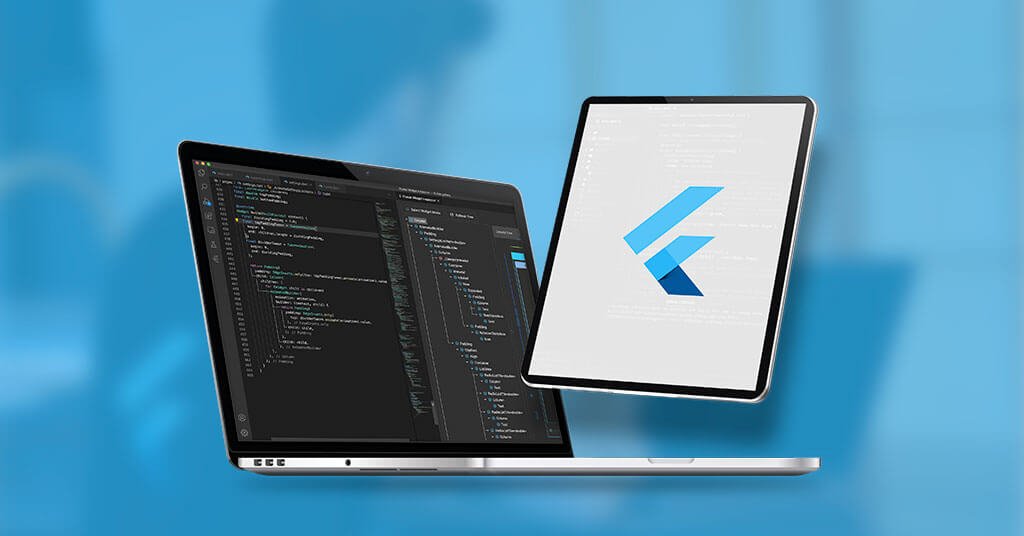
7.2 Working with Websockets for Real-time Communication
WebSockets offer a powerful mechanism for establishing real-time, bidirectional communication between a Flutter Web application and a server. With WebSockets, developers can create dynamic and interactive web applications, such as chat applications, live dashboards, and real-time gaming platforms.
To work with web sockets in Flutter Web, developers can use packages like web_socket_channel that provide abstractions for handling web socket connections. This package enables developers to send and receive messages through WebSockets efficiently.
Flutter Web’s support for web sockets allows applications to maintain persistent connections with the server, reducing the need for repeated HTTP requests and enabling real-time updates on the client side.
Developers can implement event-based communication using WebSockets, where the server can push updates to connected clients whenever there is new data or changes on the server side. This feature is particularly beneficial for applications that require live updates, such as stock market tracking or collaborative editing tools.
7.3 Progressive Web Apps (PWAs) with Flutter
Flutter Web empowers developers to create Progressive Web Apps (PWAs), offering an enhanced user experience similar to native mobile apps while running on web browsers. PWAs combine the best of both worlds—responsive web design and mobile app features.
With Flutter’s support for PWAs, developers can create applications that work offline, load quickly even on slow networks, and provide a native-like experience to users. PWAs also offer features such as push notifications, background synchronization, and installation prompts.
To transform a Flutter Web app into a PWA, developers need to add a service worker—a script that runs in the background—to manage caching, enable offline access, and handle push notifications. Additionally, the app should meet specific criteria defined by the PWA standards for optimal performance and discoverability.
PWAs built with Flutter Web can be easily installed on users’ devices, as browsers prompt users to add the app to their home screens. This seamless installation process eliminates the need to visit an app store, making it more convenient for users to access the app.
7.4 Accessibility and Inclusive Design
Developing web applications with accessibility in mind is crucial to ensure that all users, regardless of their abilities or disabilities, can access and use the app effectively. Inclusive design principles focus on creating applications that are accessible, usable, and enjoyable for a wide range of users.
Flutter Web provides robust support for accessibility features, allowing developers to build web applications that meet Web Content Accessibility Guidelines (WCAG) standards. Developers can use semantic HTML tags, such as <button>, <form>, and <input>, to make the app’s structure more accessible to assistive technologies like screen readers.
Additionally, Flutter Web’s widget library includes accessibility properties, such as Semantics widgets, that help developers define explicit labels, roles, and states for user interface elements. This makes it easier for assistive technologies to convey the app’s content and functionalities to users with disabilities.
By incorporating accessibility features into the design and development process, developers ensure that all users, including those with visual, auditory, or motor impairments, can navigate, interact, and enjoy the Flutter Web application with ease.
8. Comparing Flutter Web with Other Web Development Frameworks
Flutter Web is a powerful tool for building responsive and high-performance web applications. With its ability to deliver a native-like user experience, it has gained popularity among developers. In this topic, we will explore the advantages and limitations of Flutter Web and compare it with other popular web development frameworks like React, Angular, and Vue.js.
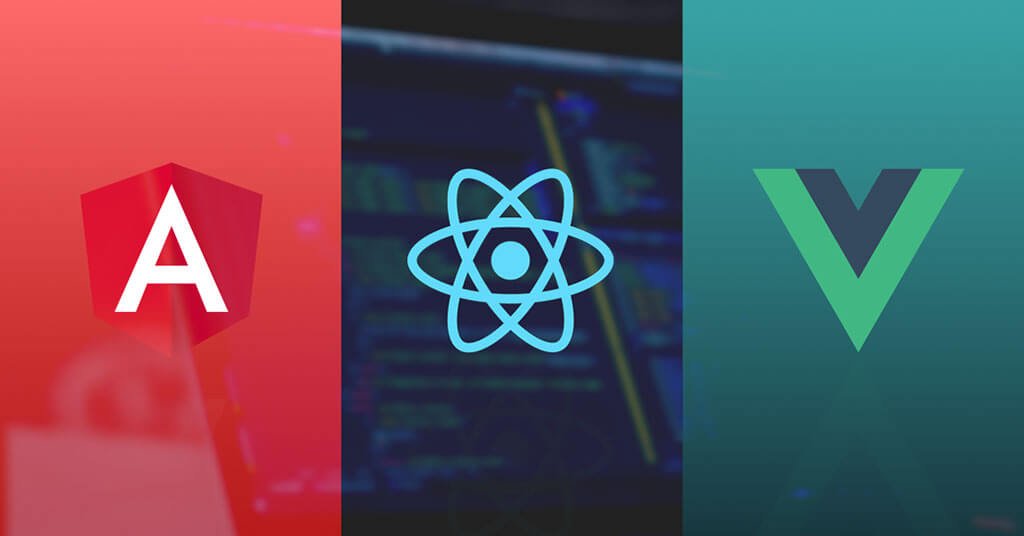
8.1 Advantages of Flutter Web
- Cross-Platform Development
Flutter Web shares a single codebase with its mobile counterpart, allowing developers to reuse a significant portion of the code. This cross-platform capability saves time and effort, as developers can focus on building features rather than managing separate codebases.
- Rich Widget Library
Flutter Web comes with a comprehensive set of pre-built widgets that help developers create stunning and interactive user interfaces. The widget library allows for easy customization and enhances the overall aesthetics of the application.
- High Performance
Flutter Web applications are known for their impressive performance. The applications are compiled to highly optimized JavaScript code, resulting in faster load times and smooth animations.
- Responsive Design
Flutter Web promotes responsive design principles, enabling applications to adapt seamlessly to various screen sizes and devices.
- Customizable UI
Developers can create custom UI components in Flutter Web using the widget framework. This flexibility allows for the implementation of unique and visually appealing designs.
- Strong Community Support
Flutter has a vibrant and active community, with a growing number of developers contributing to its ecosystem. This strong community support translates to frequent updates, bug fixes, and a wealth of available resources.
- Seamless Integration with Firebase
Flutter Web integrates smoothly with Firebase, Google’s mobile and web application development platform. This combination enables developers to implement real-time database functionality and authentication effortlessly.
- Access to Native Device Features
Flutter Web’s integration with Flutter’s mobile SDK provides access to native device features through plugins. Developers can leverage device-specific capabilities, enhancing the app’s functionality.
- Progressive Web Apps (PWAs)
Flutter Web applications can be transformed into PWAs, allowing users to install the app directly from the browser and use it offline. This enables a more app-like experience, driving user engagement.
8.2 Limitations and Considerations
- Limited Web-Specific Libraries
While Flutter Web offers a vast widget library, it may have fewer web-specific libraries compared to other frameworks like React and Angular. Developers may need to find workarounds or build custom solutions for certain functionalities.
- Growing Ecosystem
As Flutter Web is relatively new, its ecosystem is still growing. This means that some features and packages available in other web development frameworks may not yet be available in Flutter Web.
- Learning Curve
Developers who are new to Flutter may face a learning curve when adopting Flutter Web. Understanding the widget-based architecture and its reactive nature may take some time.
- Size of the Output
Flutter Web applications may produce larger JavaScript bundles compared to some other frameworks. While improvements have been made to reduce the app size, it’s still a consideration for optimizing load times.
- Community Size
While Flutter has a thriving community, it may not be as large as some other web development communities like React or Angular. This could affect the availability of third-party packages and resources.
8.3 Flutter Web vs. React, Angular, and Vue.js
- Development Approach
Flutter Web follows a declarative and reactive approach, where the UI is built using widgets, and changes to the state trigger UI updates. React, Angular, and Vue.js also adopt a similar reactive approach.
- Learning Curve
React, Angular, and Vue.js have been around longer, resulting in more extensive documentation and tutorials. Developers familiar with JavaScript may find it easier to learn and adopt these frameworks.
- Community and Ecosystem
React, Angular, and Vue.js have large and well-established communities with extensive libraries and plugins. Flutter Web’s ecosystem is still growing but has the advantage of sharing resources with Flutter’s mobile development community.
- Performance
Flutter Web boasts impressive performance, thanks to its compilation of optimized JavaScript code. React and Vue.js also prioritize performance, while Angular may be slightly heavier in terms of bundle size.
- Customization and Flexibility
Flutter Web provides a wide range of customizable widgets, allowing developers to build unique designs. React, Angular and Vue.js offer a plethora of libraries and components for customization.
- Cross-Platform Development
Flutter Web stands out with its ability to share code between web and mobile applications. While React Native enables cross-platform mobile development, it does not have a native web counterpart.
- Rendering and Reconciliation
Flutter Web’s rendering engine, Skia, performs all rendering directly to the canvas, providing a consistent experience across browsers. React, Angular, and Vue.js use the browser’s DOM for rendering.
- Popularity and Adoption
React, Angular, and Vue.js have a significant market share and are widely adopted by various companies and developers. Flutter Web’s popularity is steadily growing, with increasing adoption in web development projects.
Flutter Web offers a unique set of advantages with its cross-platform capabilities, hot reload, and rich widget library. However, it’s essential to consider its growing ecosystem, learning curve, and the availability of web-specific libraries when comparing it with other well-established web development frameworks like React, Angular, and Vue.js. The choice of framework ultimately depends on the project’s requirements, the developer’s familiarity with the technology, and the desired user experience.
